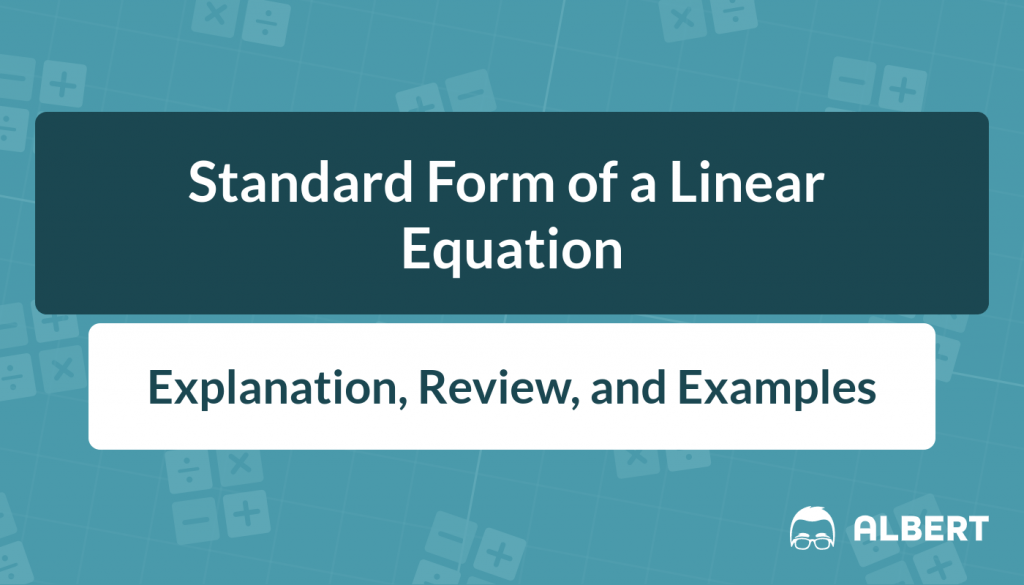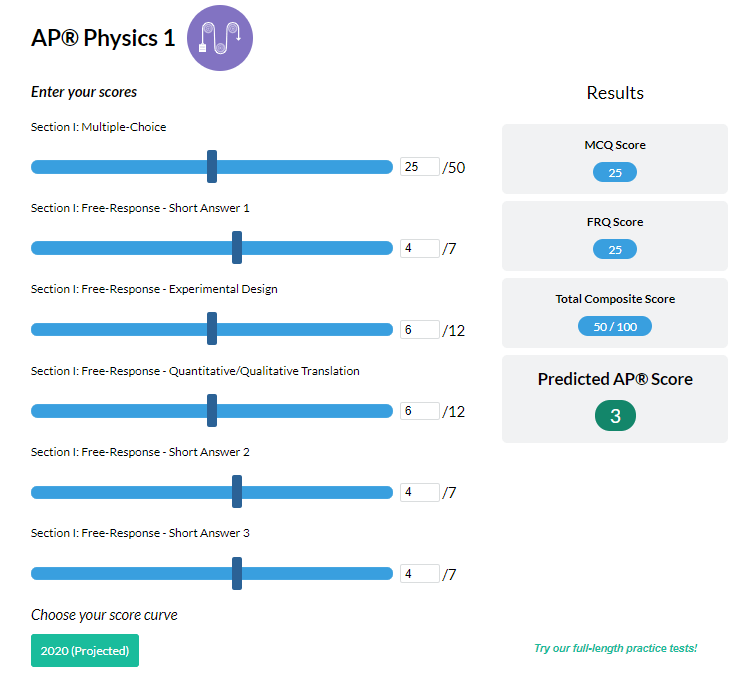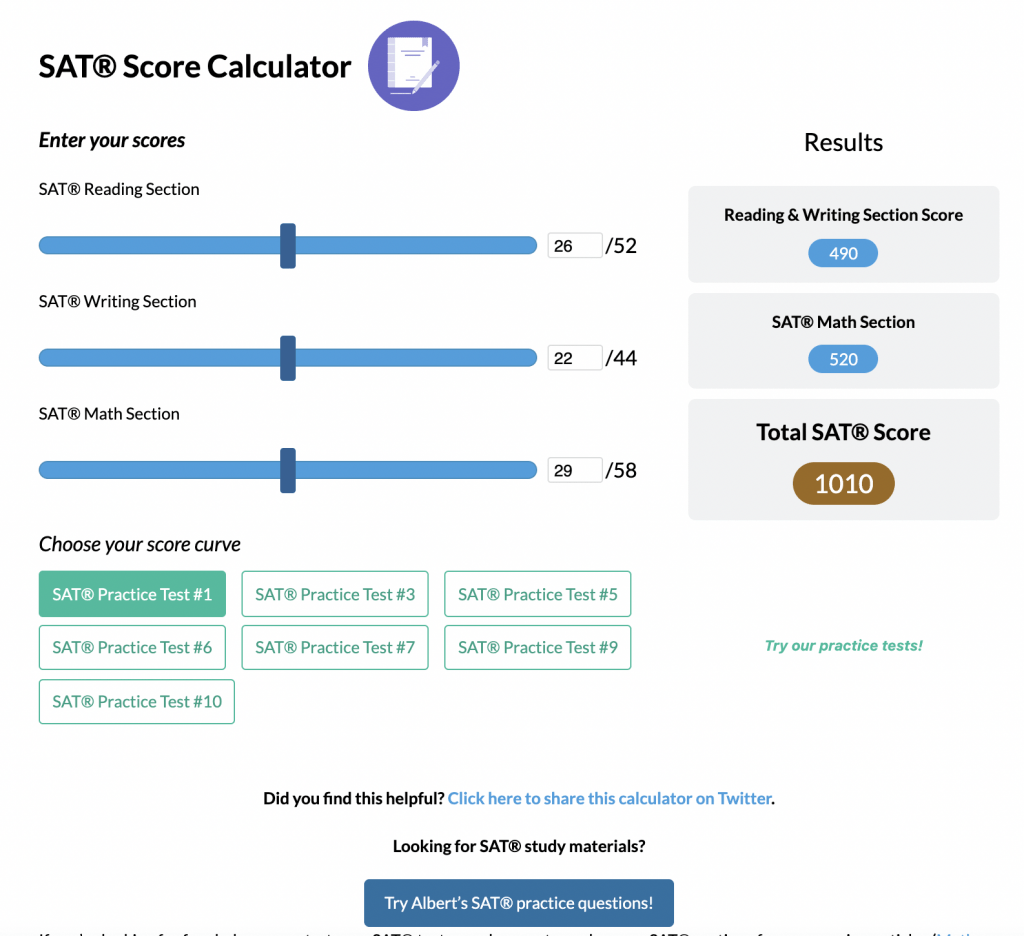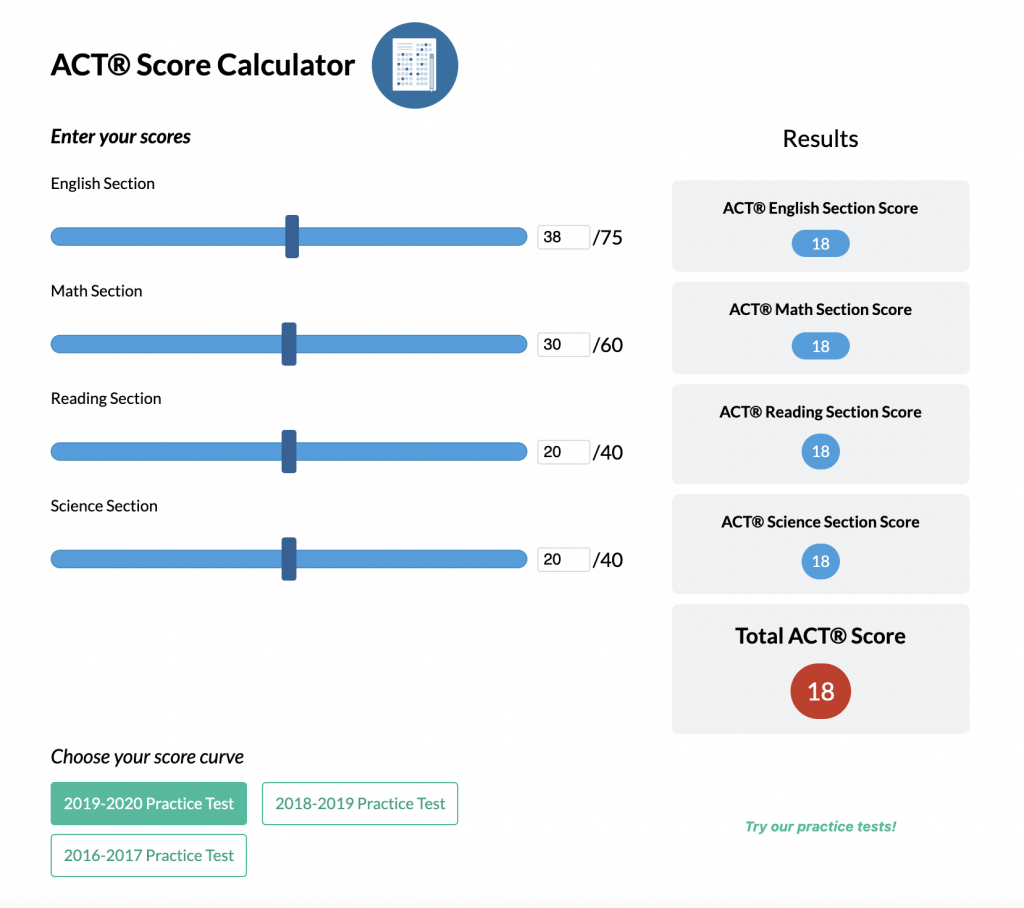Keep reading to review the standard form of a linear equation. We’ll learn why we use the standard form of linear equation as well as how to write equations and graph with the standard form. Lastly, we will review other forms of linear equations.
Using our hands, we can change a piece of clay into a work of art. Likewise, using our mathematical tools, we can change an equation into a different form. The different forms provide us with useful information.
Now, let’s dive into standard form!
What We Review
What is the standard form of a linear equation?
The standard form of a linear equation, also known as the “general form“, is:
| Standard Form (Linear Equation): ax+by=c |
The letters a, b, and c are all coefficients. When using standard form, a, b, and c are all replaced with real numbers. The letter x represents the independent variable and the letter y represents the dependent variable.
A few notes on Standard Form:
- The a term must be a positive integer
- a,b, and c cannot be decimals or fractions
Return to the Table of Contents
Why use standard form?
The standard form of a line can be particularly helpful when solving a system of equations. For instance, when using the elimination method to solve a system of equations, we can easily align the variables using standard form.
System of equations with standard form
Let’s see a quick example. If we were given the system of equations:
y=−4x+9
y−9=21x−4
…we can rewrite the equations in standard form.
y+4x=9
2y−x=10
Then, we can solve using the elimination method by multiplying the second equation by 4.
y+4x=9
8y−4x=40
By adding these equations together we obtain: 9y=49. When we solve that, we know y=949.
Then, we can substitute the value of y into one of the original equations to determine the value of x.
2y−x=10
2(949)−x=10
(998)−x=10
−x=10−(998)
x=−10+(998)
x=98
Now we have solved the system of equations. The solution is (98,949). Using standard form allowed us to use the elimination method to solve the system.
As we’ll see below, standard form is also useful for easily determining the intercepts of a linear function.
Return to the Table of Contents
How to write a linear equation in standard form (example)
Let’s write an equation of the line with a slope of 4 and a y-intercept of 7 in standard form.
To begin, we will first write the equation in slope-intercept form. This is the easiest form to write when given the slope and the y-intercept.
| Slope-Intercept Form: y=mx+b |
We know the slope, m, is 4 and the y-intercept, b, is 7.
y=4x+7
To change this into standard form, all we need to do is subtract the x term from both sides, in this case 4x.
y−4x=7
We have now written the standard from of a linear equation. The linear equation with a slope of 4 and a y-intercept of 7 is y−4x=7.
Are you more of a visual learner? Checkout the video below with another example of writing linear equations in standard form:
Return to the Table of Contents
How to graph a standard form linear equation (example)
We also need to know how to graph a standard form equation. In standard form, we can easily determine the x and y-intercepts.
Let’s graph the equation 3y−5x=30.
Find x-intercept
First, we can determine the x-intercept. Remember, this is where the line crosses the x-axis and where y=0. To do so, we will substitute 0 for y.
3y−5x=30
3(0)−5x=30
−5x=30
x=−6
Therefore, the x-intercept is at −6. This means the point (−6,0) is on the graph.
Find y-intercept
Let us now determine the y-intercept. Remember, this is where the line crosses the y-axis and where x=0. To do so, we will substitute 0 for x.
3y−5x=30
3y−5(0)=30
3y=30
y=10
Therefore, the y-intercept is at 10. This means the point (0,10) is on the graph.
Draw the graph
We now plot the x and y-intercepts. We are plotting the points (−6,0) and (0,10).
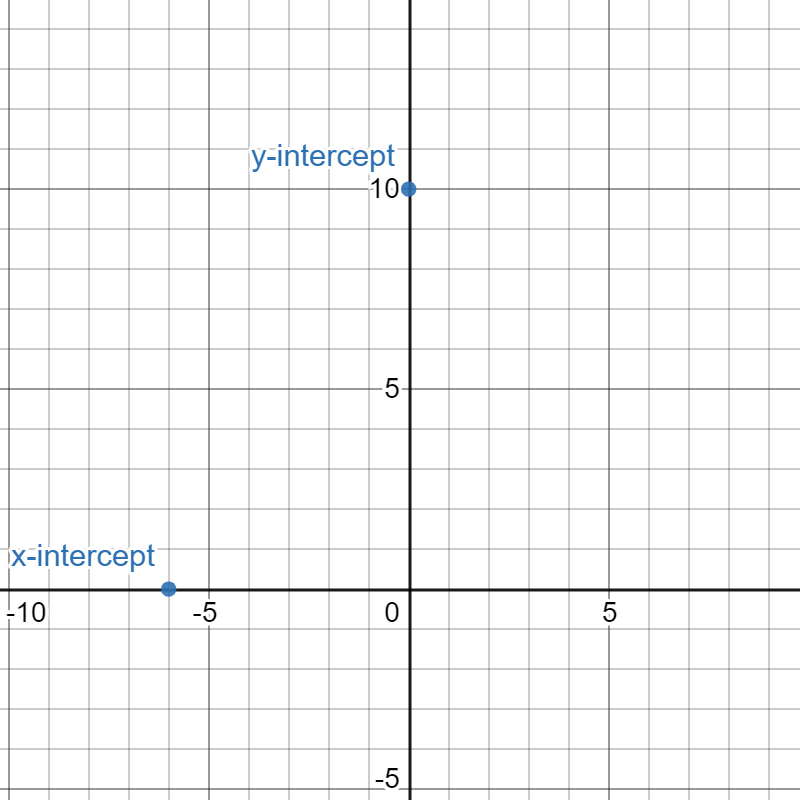
The very last step is simply to connect the points on the graph. This creates the graph of the standard form equation 3y−5x=30.
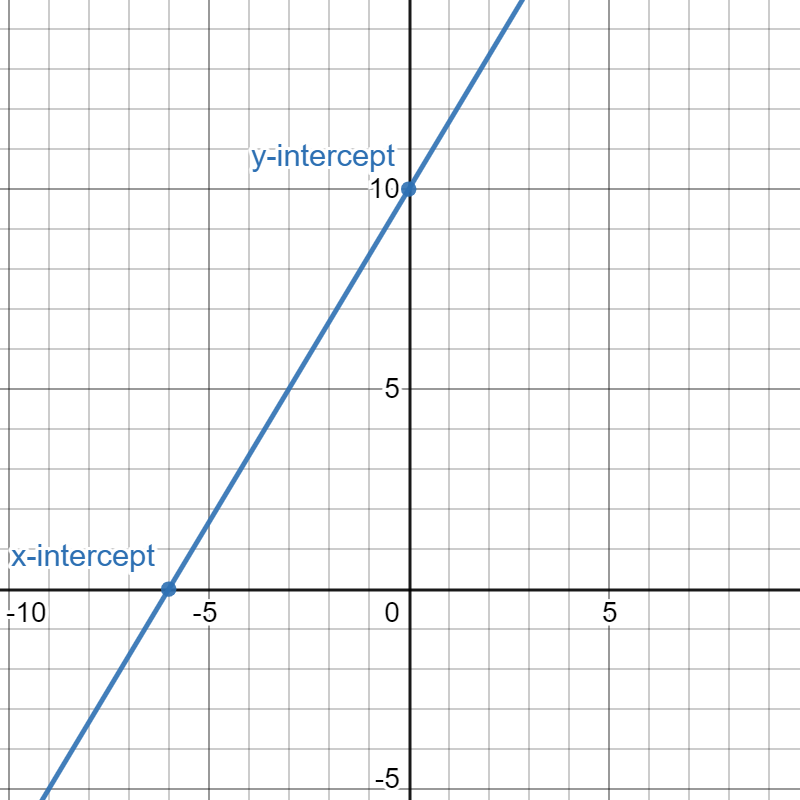
Now you know how to graph a standard form equation!
To view another example of graphing from standard form, check out the video below:
Return to the Table of Contents
Other forms of linear equations
Slope-Intercept Form
Linear equations can be written in slope-intercept form, determined by the slope and the y-intercept of a line. For more info, visit our review guide on slope-intercept form.
| Slope-Intercept Form y=mx+b |
Point-Slope Form
A linear equation can also be written in point-slope form. This form is determined by one point and the slope of the line. For more details, read our point-slope review guide.
| Point-Slope Form y−y1=m(x−x1) |
Return to the Table of Contents
Summary: Standard Form
In this review post, we’ve learned:
- Standard form of an equation is: ax+by=c
- Standard form is useful for solving systems of equations and for determining intercepts
- How to write a linear equation in standard form
- How to graph an equation in standard form
Click here to explore more helpful Albert Algebra 1 review guides.

